Buy all three volumes of The Brensham Trilogy together for a small discount.
‘I have written a book which gives me much pleasure. It is a kind of full-length portrait of a small country town – this small town – between the wars. The sort of life that will never come back,’ John Moore wrote to T. H. White in the summer of 1945. That book was Portrait of Elmbury, the first volume in the trilogy based on his home town that Moore wrote shortly after the Second World War, following it in 1946 with Brensham Village and in 1948 with The Blue Field. Together the three books paint a picture of a lost rural world which is powerfully nostalgic yet unsentimental.
Born in 1907, Moore grew up in Tewkesbury at a time when such small English market towns had a sturdy and independent life of their own. Mass travel, mass media and the changes brought about by two world wars would gradually destroy this self-contained society, but in Portrait of Elmbury Moore caught and preserved it and its inhabitants in captivating detail, from the wild and drunken inhabitants of the slums in Double Alley to Miss Benedict, the disapproving barmaid at the Shakespeare (the town had 28 pubs and a population of 5,000).
Brensham Village moves the story onward to the 1930s and from Elmbury to a small village nearby. Now there is unemployment, and change is creeping in, with mannerless weekenders arriving from the city, a shady ‘Syndicate’ of developers, an ugly petrol station and a local cinema. But there is still cricket on the village green, and fishing, ferreting and bird’s-nesting for Moore and his friends.
The final volume, The Blue Field, set in 1948, focuses on a single farm and the life of its owner, the wild and intractable William Hart, master wagon-maker and defender of individual liberties against increasing interference from the State. He is the man responsible for the field of blue linseed, grown in defiance of the War Agricultural Executive Committee, which flowers one summer morning on Brensham Hill.
Though Moore wrote many more books and spent time in London, he always returned to Tewkesbury – for him a place where somehow ‘emotion seemed larger, pleasures were keener, sorrows sharper, the tragedy more profound and the comedy more riotous’ – and it is for his wonderful Brensham trilogy that he is best known. All three books are now available again, Portrait of Elmbury in a Plain Foxed Edition and Brensham Village and The Blue Field as Slightly Foxed Editions.
‘One of the best known and loved writers about the countryside in the twentieth century’ Sir Compton Mackenzie
A New England: Tewkesbury
Once in a while, a special book reaches out through the wisps of time and demands to be read. John Moore’s Portrait of Elmbury was written in 1945 and recalls his corner of England during the first...
Read more‘A warm glow of contentment . . .’
‘I absolutely loved Brensham Village. It is one of those books that gives the reader such a warm glow of contentment, in part because of the characters but also because of the beautiful...
Read moreWhen Brensham Hill puts on his hat . . .
Almost every morning of their lives the weather-wise people of Elmbury lift up their eyes to glance at Brensham Hill which rises solitary out of the vale, four miles away as the crow flies . . .
Read moreShadows on the Green
Read moreThere was one day that fell in early December, more exciting than Christmas itself . . .
Always on this occasion my father’s firm provided sandwiches and drinks for all comers: dealers, smallholders, cowmen, shepherds, drovers. (The more substantial farmers were entertained to luncheon...
Read more‘One of the most wonderful books I’ve ever read . . .’
‘I wanted to let you know that I ordered Portrait of Elmbury based on the review and excerpts in SF. I’ve just finished it and have to say that this was one of the most wonderful books I’ve...
Read moreDown Tewkesbury Way
‘I have written a book which gives me much pleasure. It is a kind of full-length portrait of a small country town – this small town – between the wars. The sort of life that will never come...
Read moreSprouts and Parsnip Wine
Early one morning, late in July, the villagers of ‘crack-brained Brensham’ woke to a remarkable spectacle. There amid the customary colours of furze and wheat was a seven-acre field that ‘had...
Read more




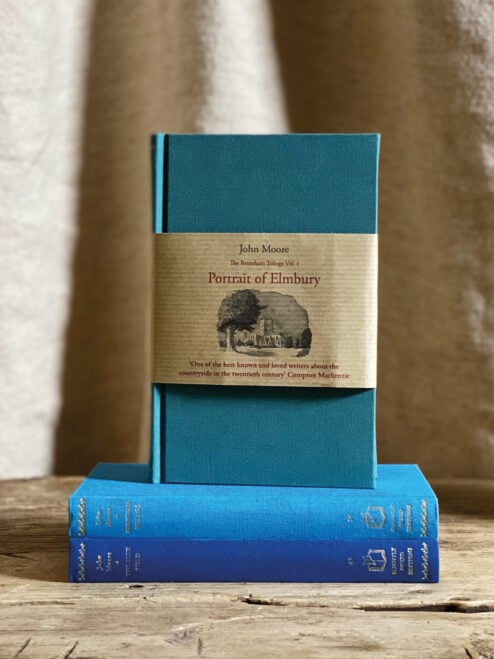
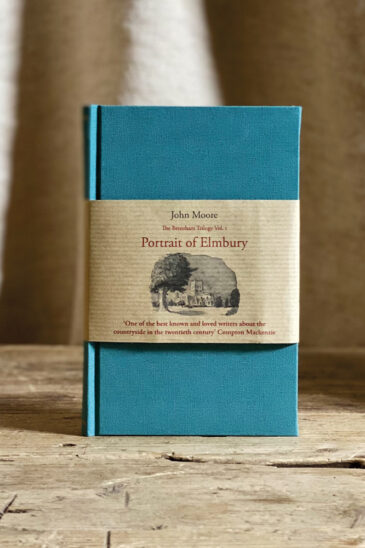


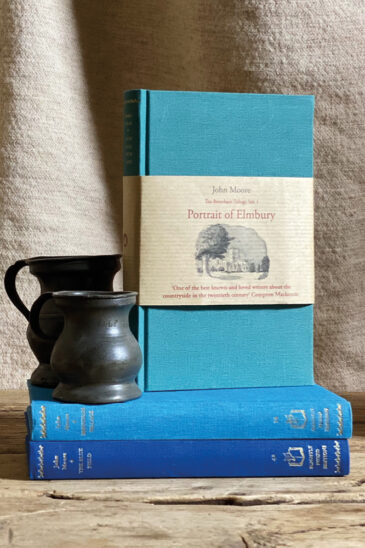




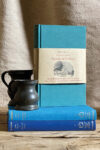

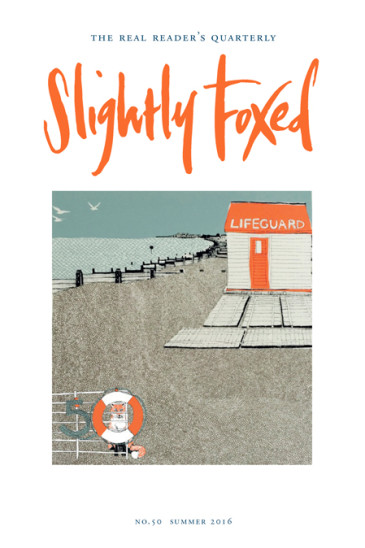
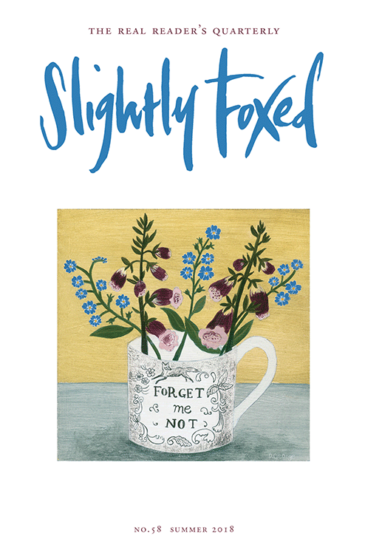



How can you become so famous that they name two schools, the wing of a hospital, a museum and a pub after you … and then be totally forgotten? That’s the puzzle surrounding John Moore, novelist and countryman. He was born in Tewkesbury, Gloucestershire, seven years before the Great War, and he remained out of the limelight following rural pursuits all his life. However, he was one of the best known and loved writers about the countryside in the 20th century, and was widely published in America, Australia and New Zealand.
Moore was described as the finest countryside writer of his generation by Sir Compton Mackenzie, gaining a reputation for his best-selling trilogy of novels published after 1945, Portrait of Elmbury (a lightly fictionalised biography of Tewkesbury), followed by Brensham Village (based largely on the village of Bredon) and The Blue Field. About these, he said: “Like Elmbury, Brensham is real in the sense that I have built upon a ground-plan and framework of truth: but I have purposely played fast and loose with chronology and topography.”
Authors of this period were often reluctant to name real places in what seems to be an extension of the Victorian habit of writing “I lately visited the town of L—- in the West Midlands”, presumably on the grounds of respect and privacy.
Moore had been a Fleet Air Arm pilot during the Second World War but after being grounded by injury, was still able to take part in the D-Day landings as a press attaché. His works included novels, short stories, studies of topography and language, country essays and calendars, and a history of the naval aircraft service. His other novels such as the jolly September Moon (about Hereford hop-picking) and Waters Under the Earth (about social changes in the countryside) are snapshots of times that now seem unimaginably distant. In the latter, Doddington Manor stands for England in much the same way that Howard’s End symbolised the same for E M Forster.
It was inevitable that Moore would become concerned with conservation issues. He turned media attention on to the effect of technological advances on the countryside, especially the use of pesticides and, presciently, the end of natural pollination. He worked toward the preservation of historic architecture in his native town and helped to inaugurate the Cheltenham Festival of Literature in 1949. As his novels have the atmosphere of bygone times, it’s easy – but wrong – to write him off as a nostalgist.
Hauling back minor classics from the recent past is the great preserve of Slightly Foxed, and among a rich choice of beautifully produced memoirs I can’t think of a nicer Christmas present than The Brensham Trilogy by John Moore — a brilliant, funny picture of Tewkesbury and rural Gloucestershire in the first half of the 20th century.